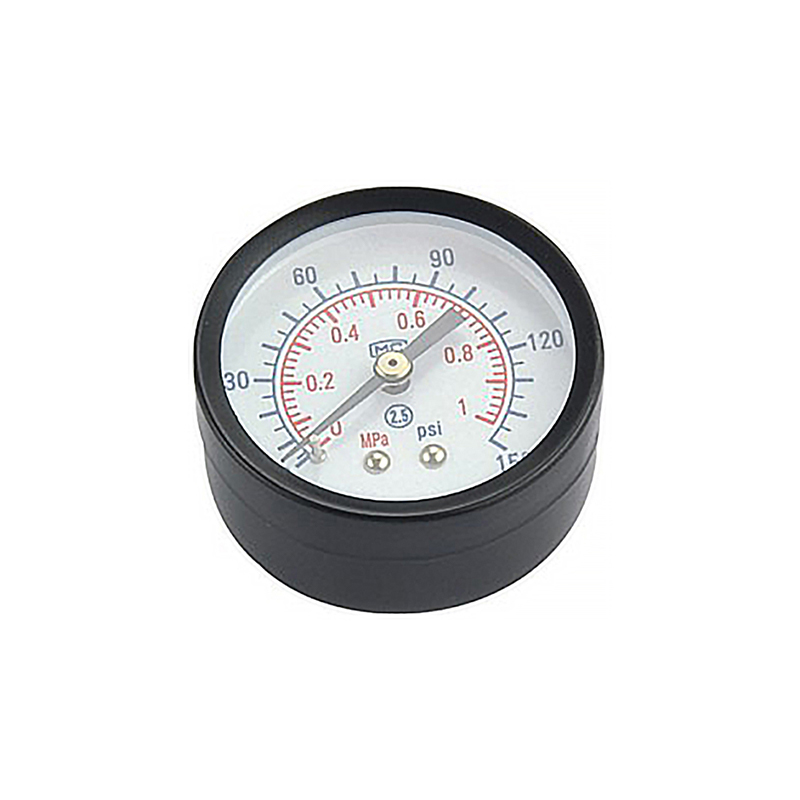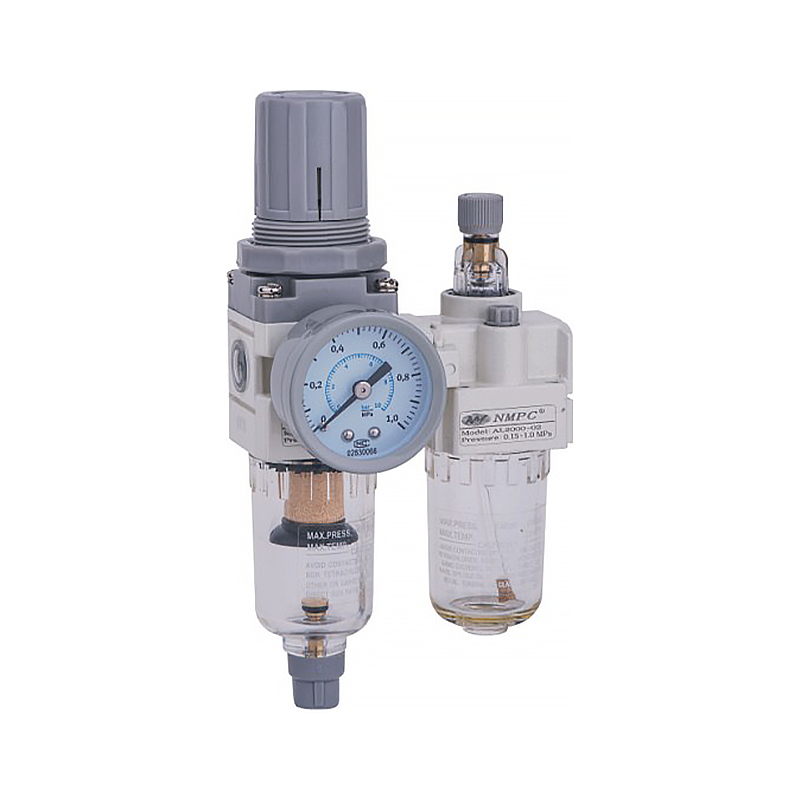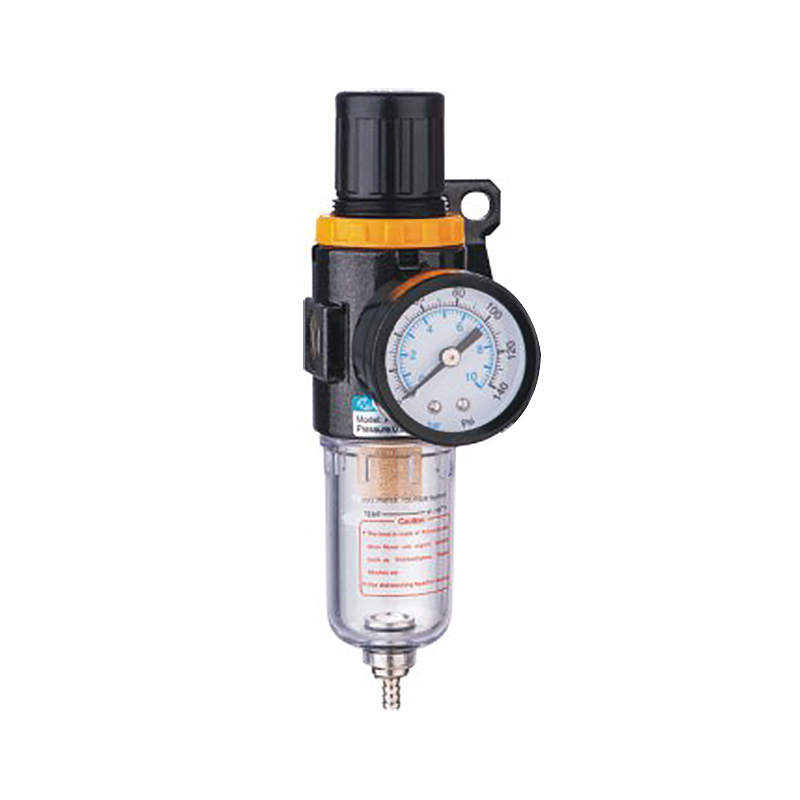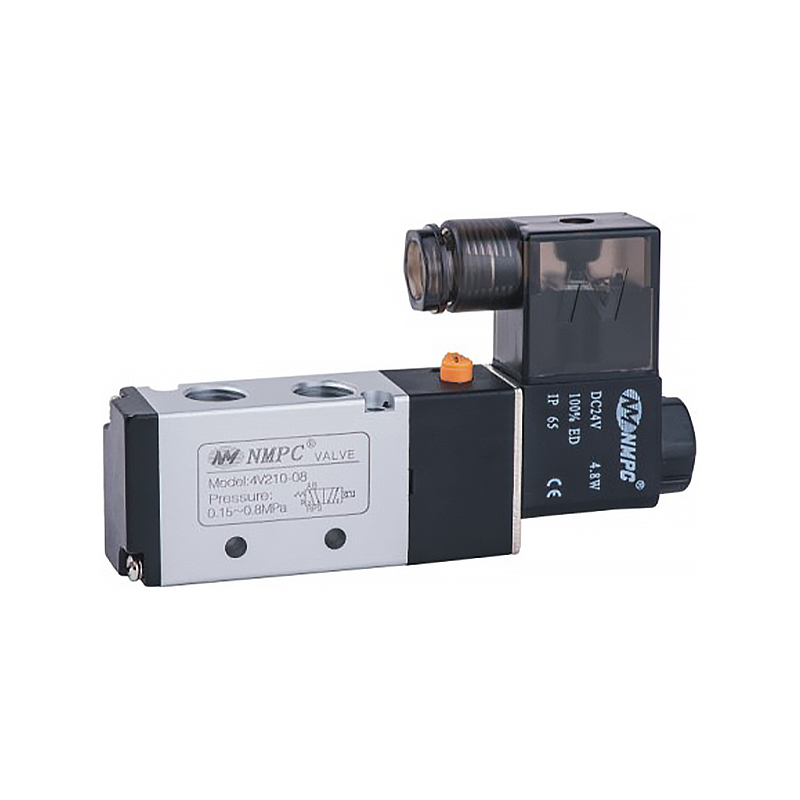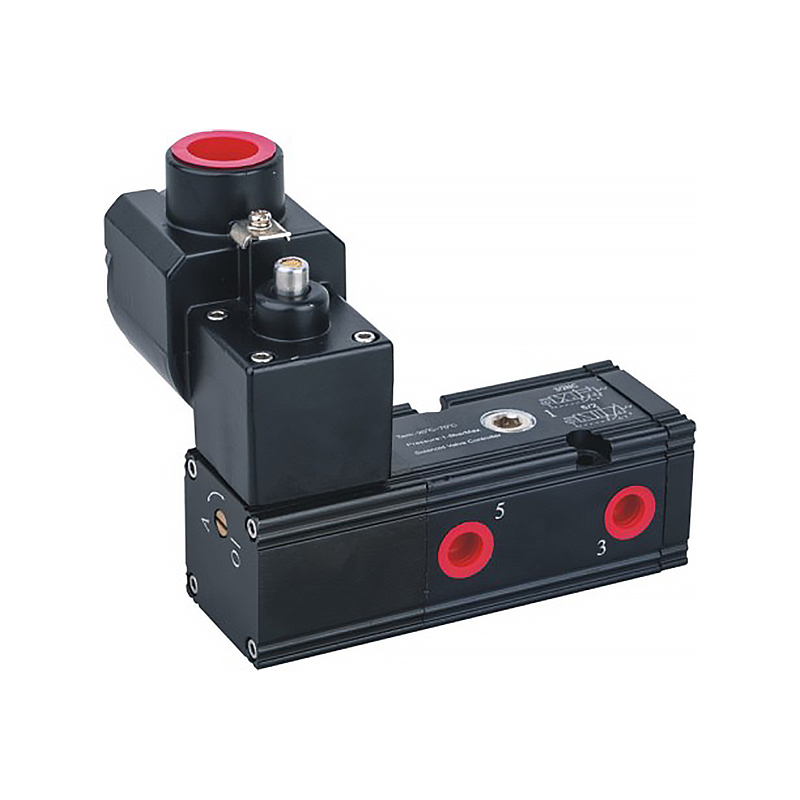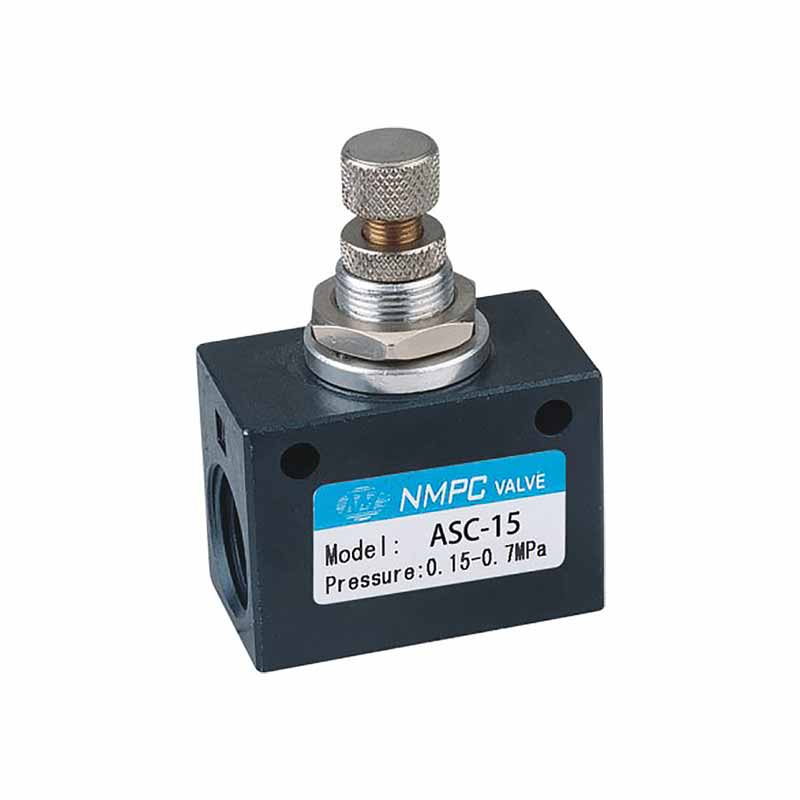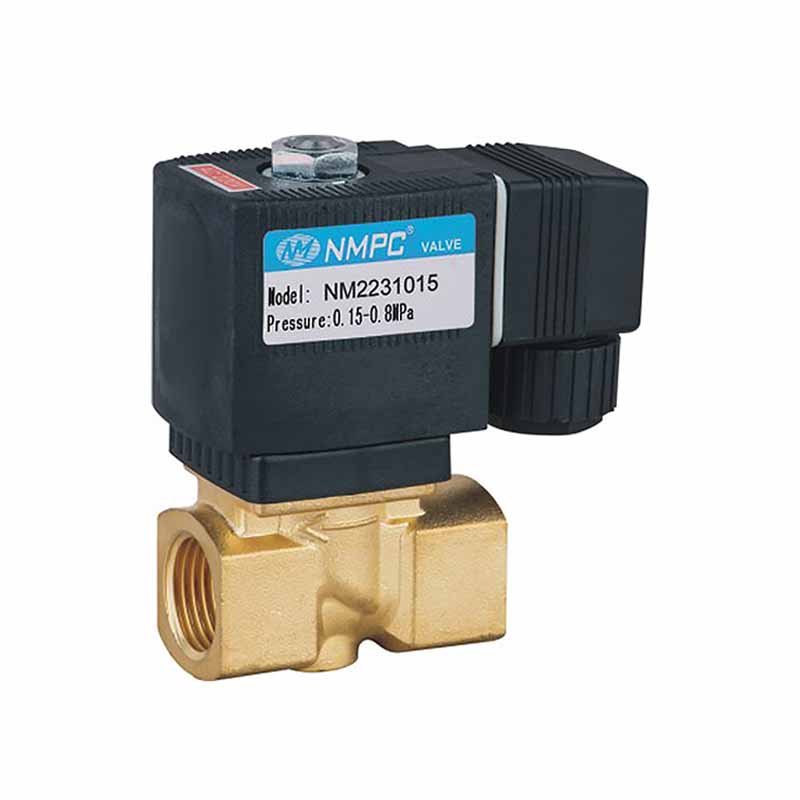Copyright 2022 © Ningbo Xinmadi Automation Technology Co., Ltd. All Rights Reserved.

Pneumatic air lubricators introduce an aerosol of oil into the compressed air line to help reduce friction between moving parts in pneumatic tools. This can increase accuracy and improve efficiency while helping to lower running and maintenance costs. Lubricators are usually a part of a filter, regulator and lubricator (FRL) unit.
While many modern pneumatic products use sealed elastomeric seals that do not require lubrication, some do. Especially when operating at high speeds, an air tool without sufficient lubrication can become damaged quickly and may require replacement. A lubricator sits upstream from the air tool and provides a continuous stream of atomized oil to the point of use.
A wick-feed lubricator uses a porous bronze wick that draws in oil through capillary action, while the air flow pushes oil off the top to maintain a steady oil-to-air ratio. They are easy to refill, but must be shut off before attempting to do so. The wick-feed lubricator is ideal for larger systems or multiple valve and cylinder applications.
An air lubricator with a micro-fog nozzle sprays a fine mist of atomized oil into the air stream. These lubricators are good for complex systems, a variety of cylinders and manifolds because they can be adjusted to deliver a precise amount of internal lubrication. The adjustable dome allows the user to determine how much oil is being delivered, so the air lubricator can be validated against the equipment’s manufacturer specifications to ensure that a specified amount of lubricant is being used at all times.
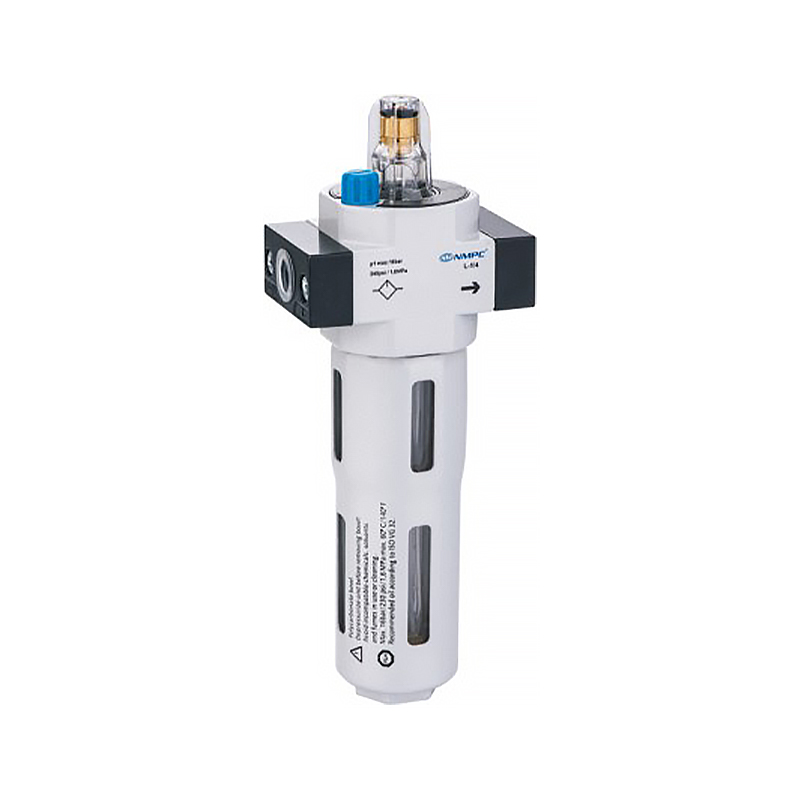

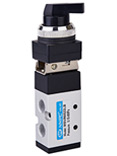
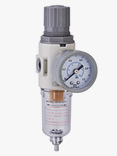
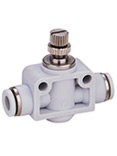
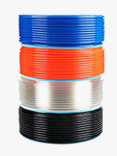
 简体中文
简体中文 English
English